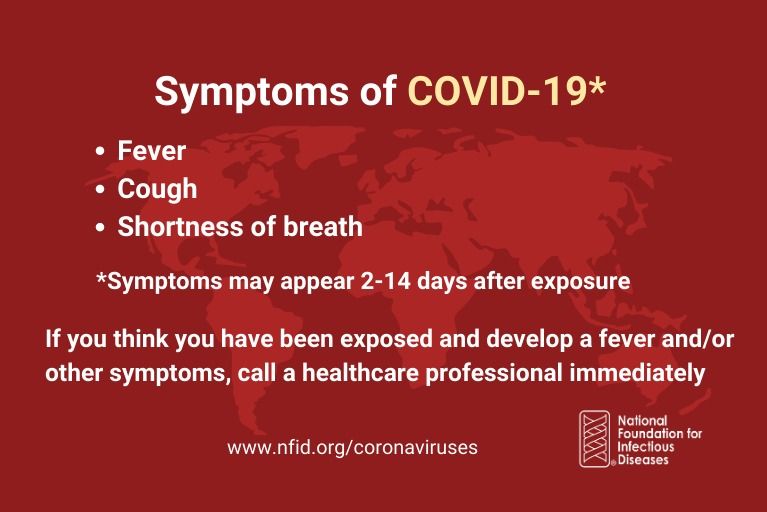SARS-CoV-2 uses the SARS-CoV receptor ACE2 for host cell entry.
The spike protein of SARS-CoV-2 is primed by TMPRSS2.
Antibodies against SARS-CoV spike may offer some protection against SARS-CoV-2.
The emerging SARS-coronavirus 2 (SARS-CoV-2) threatens public health. Hoffmann and coworkers show that SARS-CoV-2 infection depends on the host cell factors ACE2 and TMPRSS2 and can be blocked by a clinically proven protease inhibitor. These findings might help to establish options for prevention and treatment.







